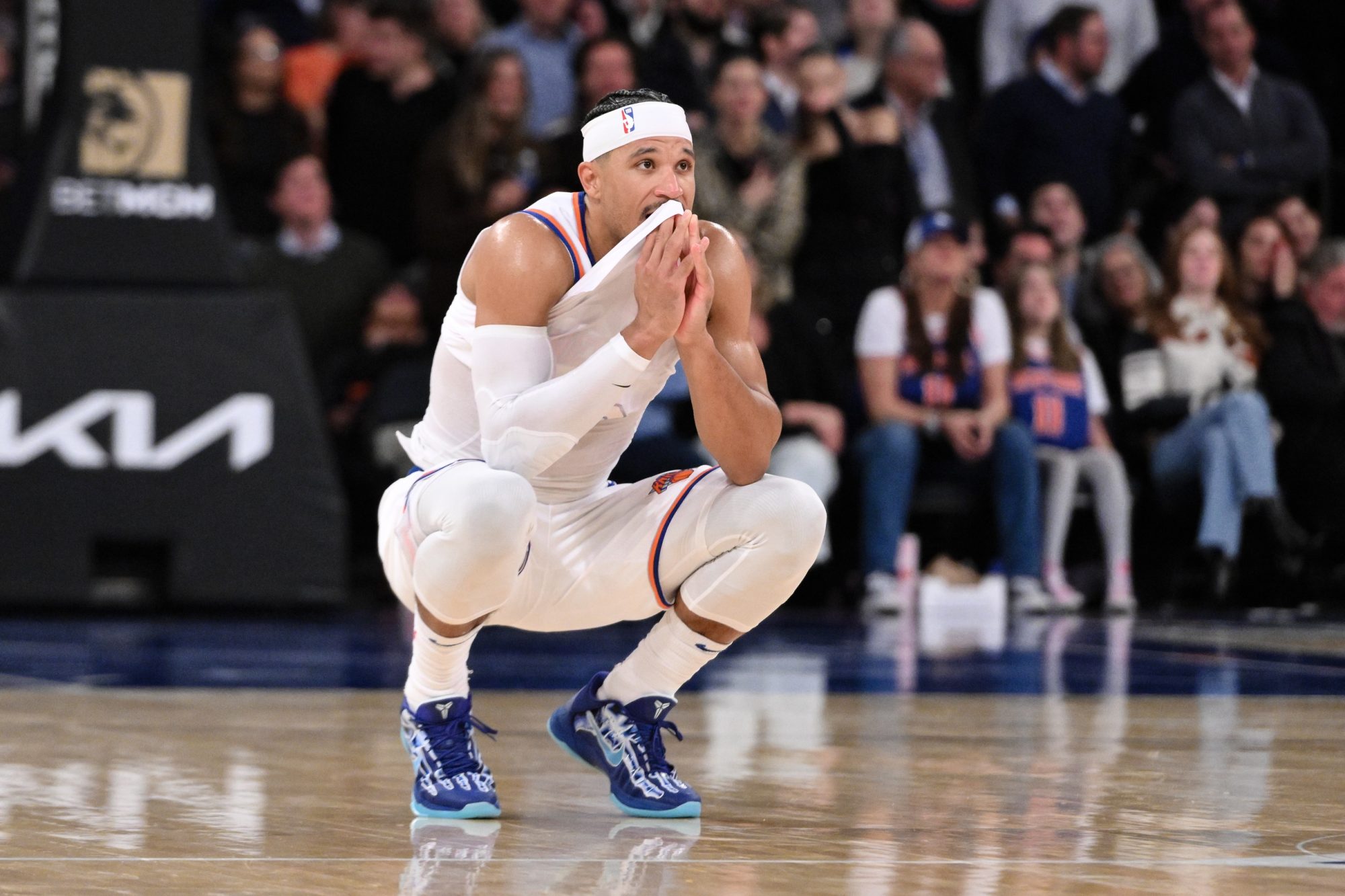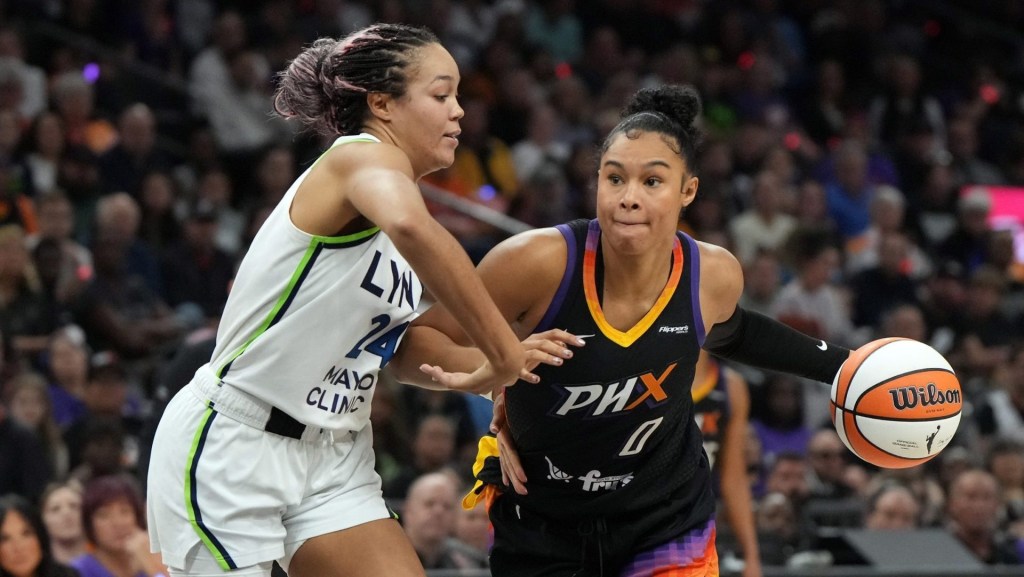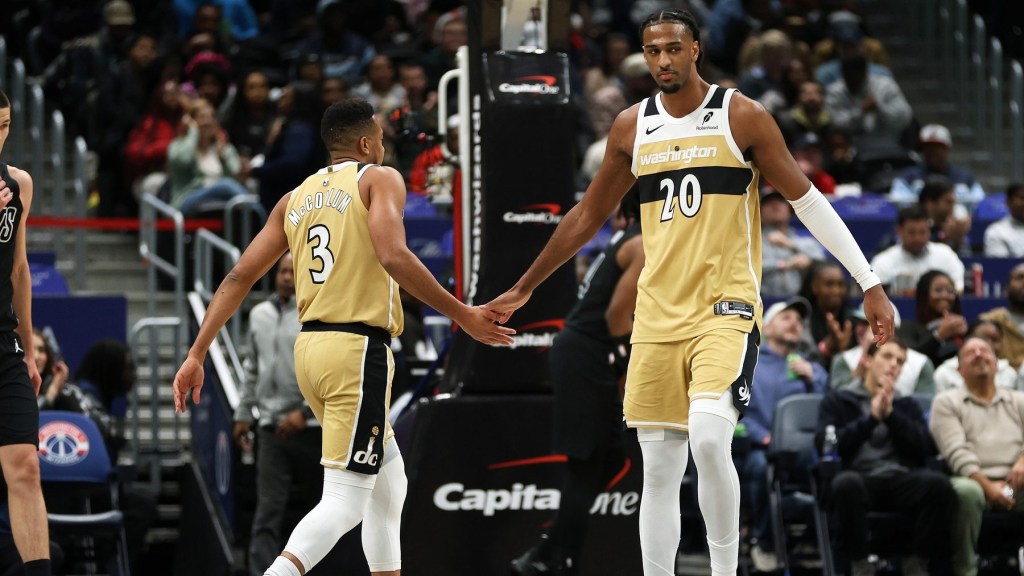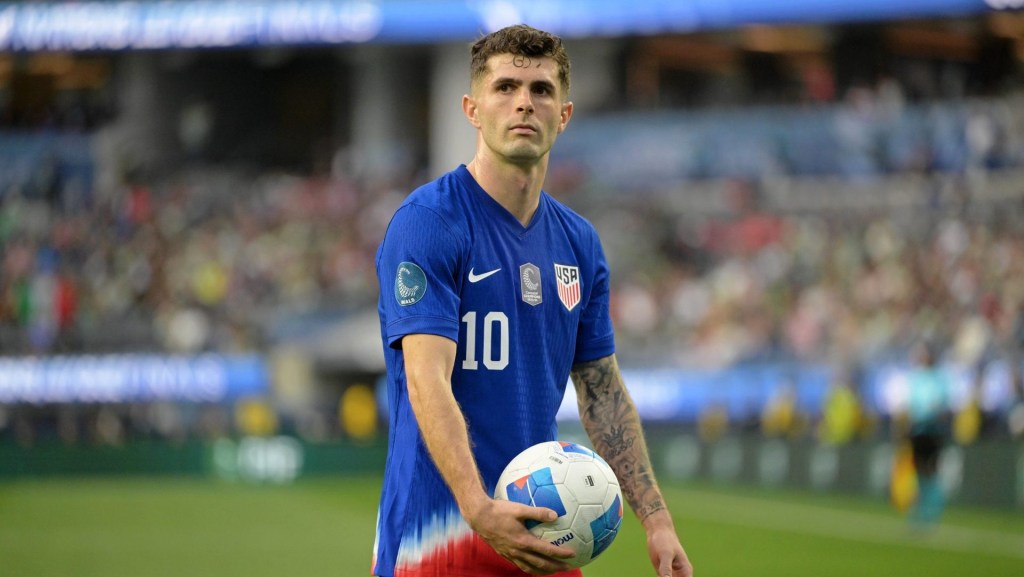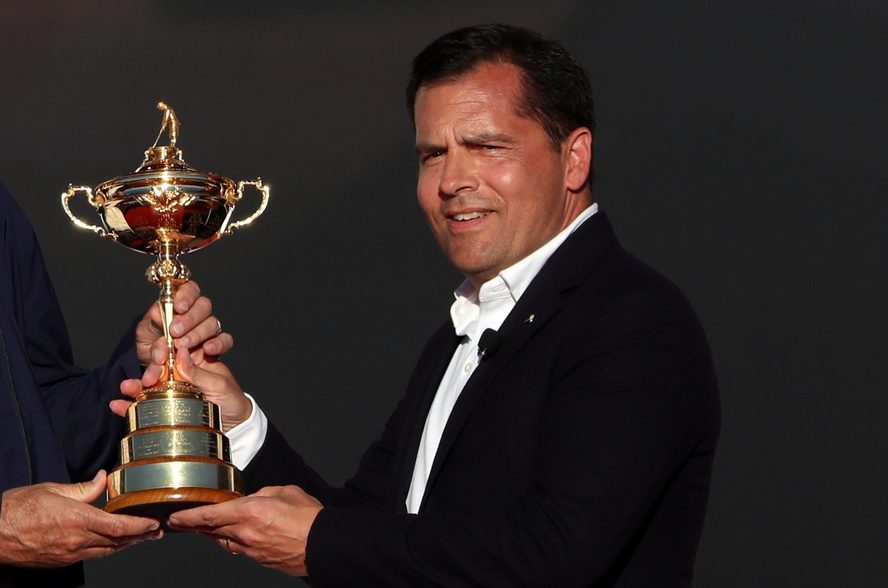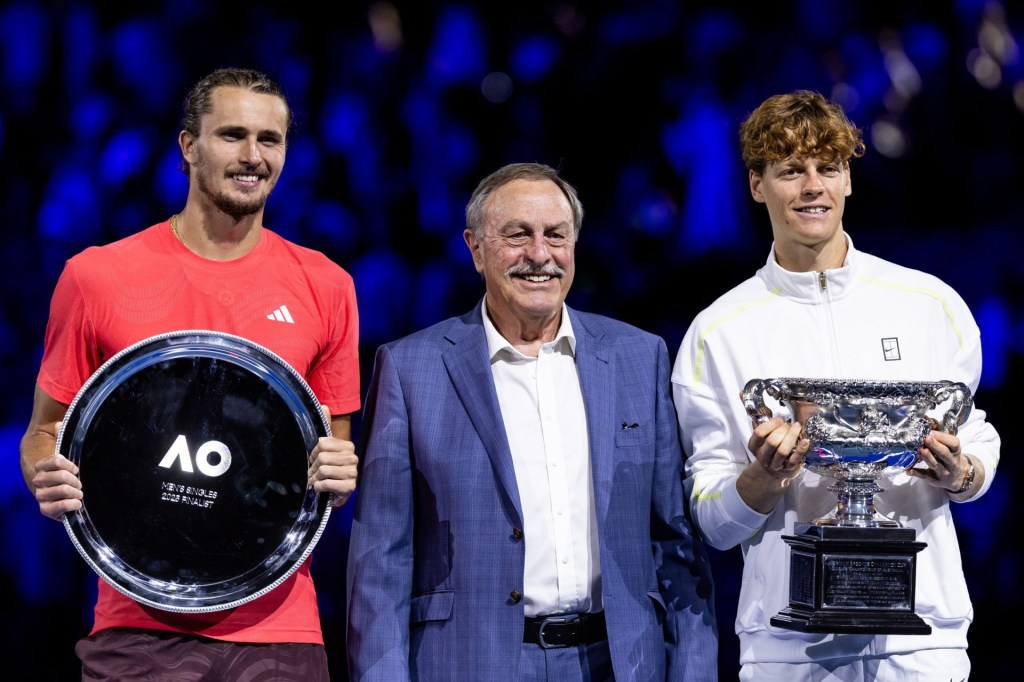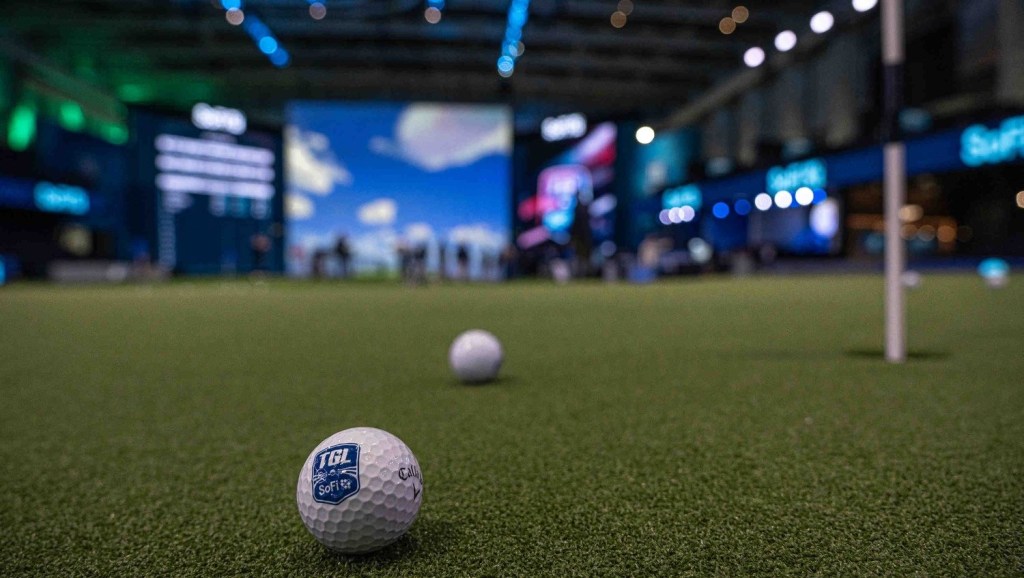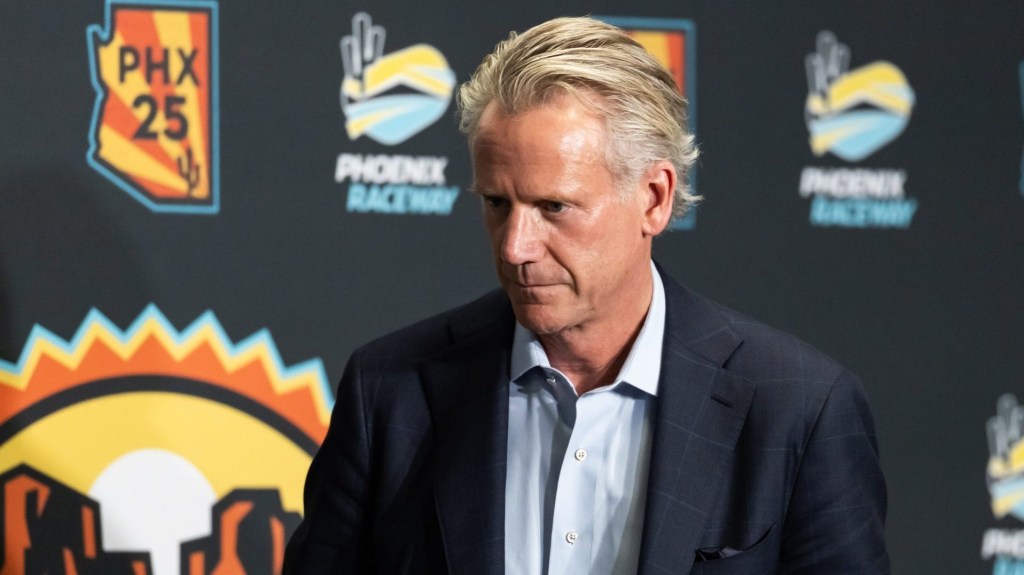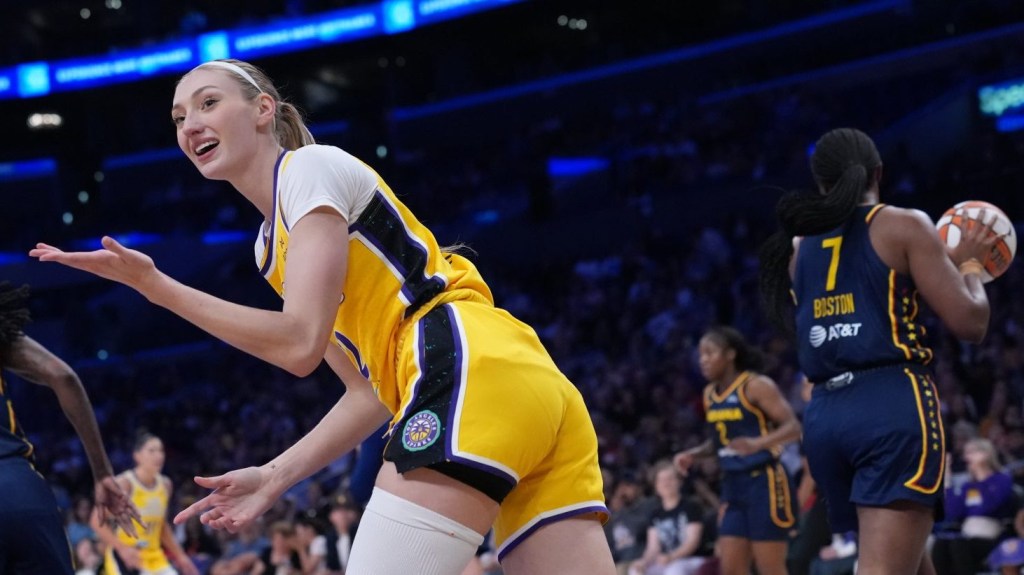Sports fans, particularly those attuned to viewership numbers, tend to get heated about ratings and what causes them to spike or dip.
During his first term, President Trump (a man who loves to tout TV ratings) famously went after the NFL repeatedly in highly specific tweets about the league’s ratings, like this one: “NFL attendance and ratings are WAY DOWN. Boring games yes, but many stay away because they love our country.”
The NFL did see its ratings decline significantly in 2016 (down 8%) and 2017 (down more than 9%) for a range of reasons, but the league got the last laugh as ratings soon rose again and kept rising. This season, NFL viewership had its best September in nine years, then whipsawed as the presidential election approached. Through Week 10, game broadcasts have averaged 17.3 million viewers, the highest number since 2015.
Considering all that, consider the NBA. The opening week of the new season saw double-digit percentage declines for primetime games on ESPN and TNT, and the second week of this season again saw declines.
We wrote about that, and I noticed this reader tweet in response: “The election and the World Series was on. The ratings only went down for one week out of two weeks so far. Fake news.” (Like I said: People feel strongly about ratings.) Well, it wasn’t fake news—the ratings numbers are real—but I can appreciate the spirit of the tweet, which I would venture to say was that the dip doesn’t matter, and there was an obvious reason for the dip.
Indeed, the World Series was on, the most high-profile Fall Classic in seven years. And then the election sucked a lot of air out of the living room. Whether those were the sole causes and NBA ratings will bounce back, unfettered by baseball and politics, is uncertain.
If you ask Shaquille O’Neal, the culprit is too much three-point shooting. “I have a theory that [the ratings] are down because … everybody’s running the same plays,” O’Neal said this week on his podcast. “I don’t mind Golden State back in the day shooting threes, but every team is not a three-point shooter.” (The average team is shooting 37 threes a game this season, up 50% from 2015; the reigning champion Boston Celtics are averaging 50.)
NBA commissioner Adam Silver pushed back on Shaq. “I don’t think it has anything to do with the three-point shot,” he said this week in an interview on Cheddar. “I think we’re just looking at a couple weeks of ratings, there’s always some unique things, this year we were up against a World Series … you had a presidential election which was commanding an enormous amount of attention.”
If you ask me, there’s a lack of compelling storylines so far this season.
The media mania over LeBron and Bronny James playing together culminated in just four minutes of them on the court together (and the only game in week one that was up from the year before) but is now done, as Bronny is where he belongs: the G League.
LeBron will turn 40 in December. Curry and Durant are both 36. Victor Wembanyama, one of the game’s brightest young stars, doesn’t play on a great team. The Celtics look dominant again, which many fans may not be excited about. (Last year’s NBA Finals ratings were down 3% from the year before, and the NBA playoffs were down 12% overall.)
Of course, leagues have limited control over storylines on the field or court. Andrew Yaffe, the former NBA social media czar who became CEO of Dude Perfect, noted that in our interview last month: “It’s very unpredictable. … You’re at the behest of what happens on the court. Sometimes the storylines are great, and the players and the teams that our fans want to see advance advance, and you get sort of a magical experience like the 2016 Finals between Steph and LeBron, and Kyrie [Irving] hitting one of the most iconic shots in NBA history. And then other times you don’t get that.”
On one hand, the ratings dip may already be over: Night 1 of the Emirates NBA Cup, the league’s second in-season tournament, was up 71% from last year’s first night. But was that a Cup bump, or a Curry/Klay Thompson bump?
Back to our readers, who have strong takes on ratings: Carla Davis tweeted, “It’s Curry. He has a history of highest nba ratings. But it was also because it was steph vs klay. There were other cup games on. If it was about the cup, those other games would do high ratings also.”
We’ll see whether this is a sustained rise or just a Cup bump that vanishes when we return to the regular, non-tournament season. When a league’s ratings dip or rise, it’s never just one thing. (In 2019, NBA primetime ratings fell nearly 20% in the first two months of the season, and the league cited too many injuries to stars.)
Whatever the causes, there’s no way the global powerhouse NBA is sweating it. The idea that lower ratings for last year’s Finals and this year’s first two weeks means the league’s broadcast partners overpaid for the new $77 billion rights deal is a leap—the deal was worth what companies were willing to pay for it. The league also boasts a young, social-media-savvy audience, and it sustained strong ratings over many years even with such a high volume of games over its long season.
“We have more social media traffic than any time in our history; there’s a huge global marketplace of interest in the NBA,” Silver told Cheddar. “I think the best things are ahead of this league.”
He is no doubt correct about that.
